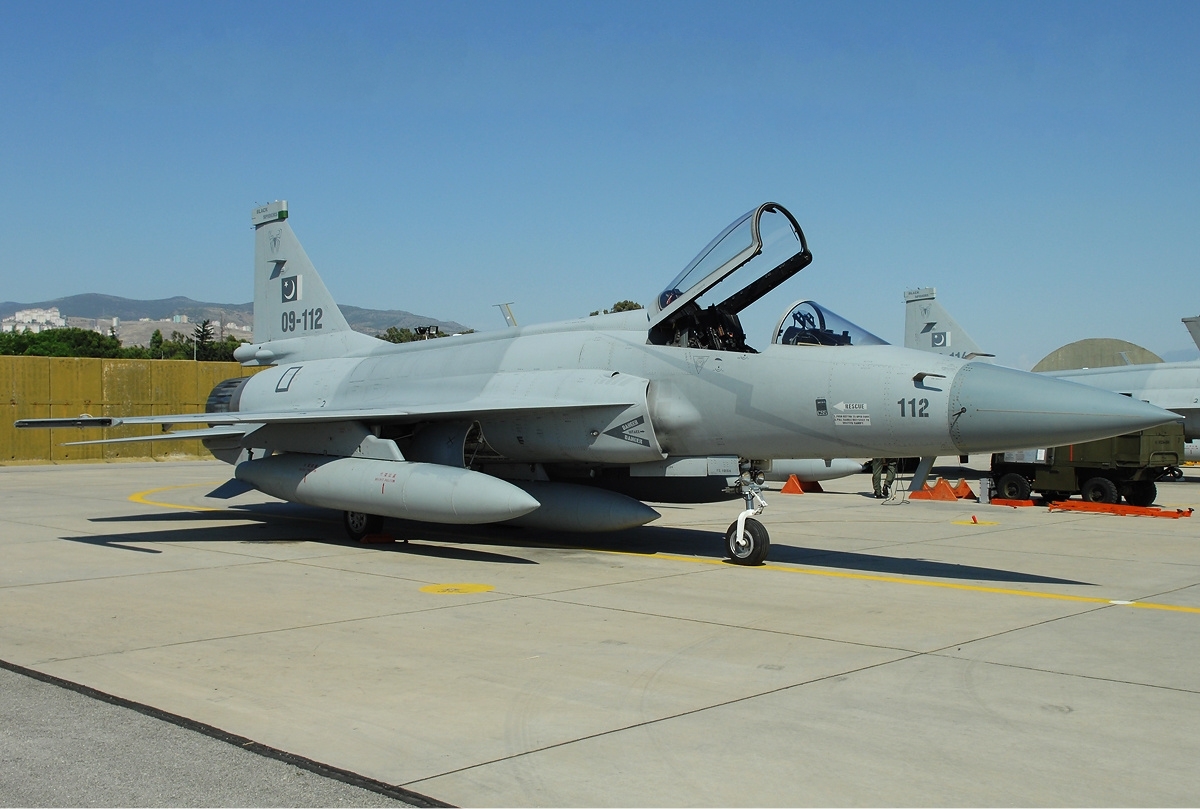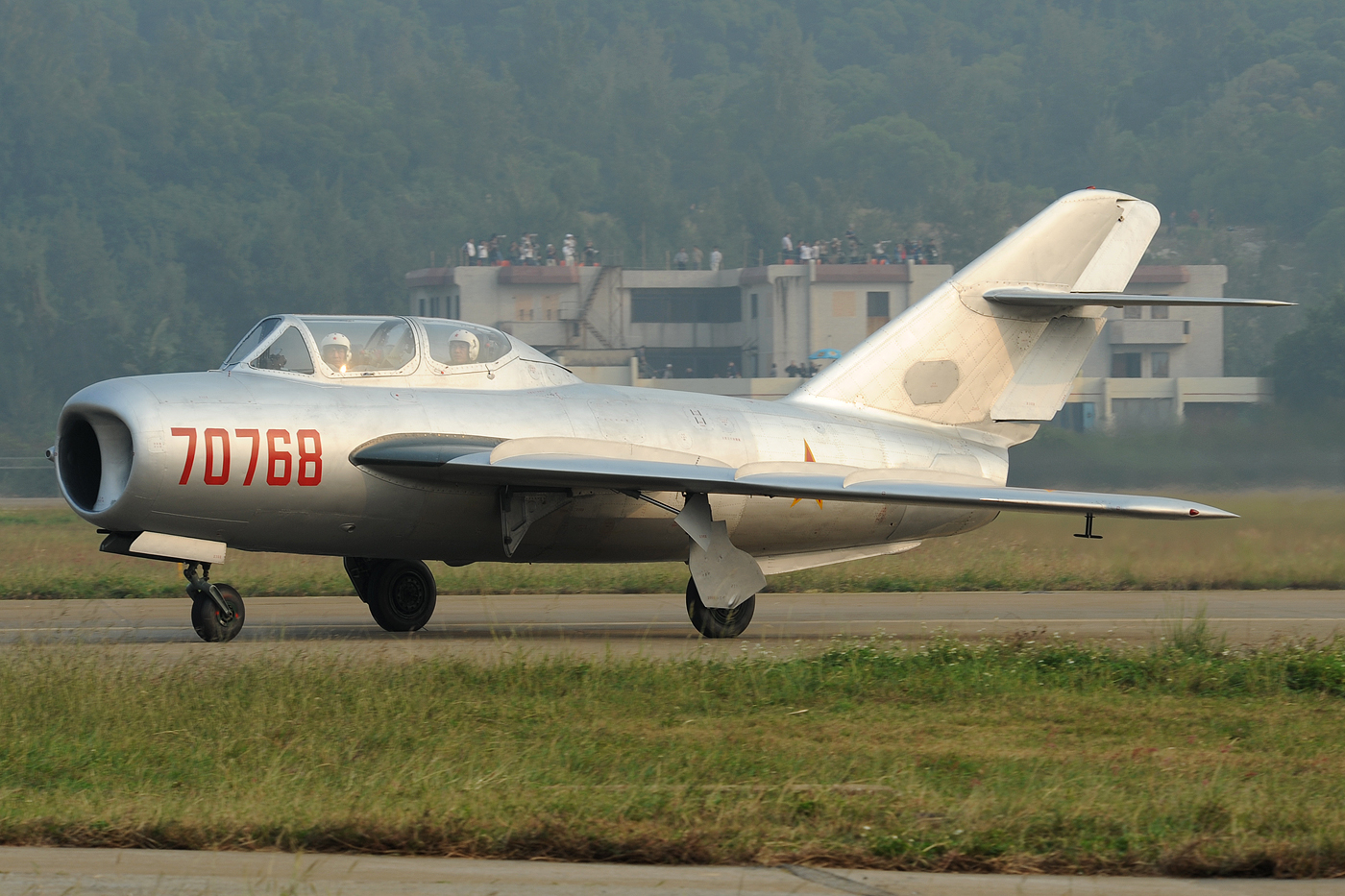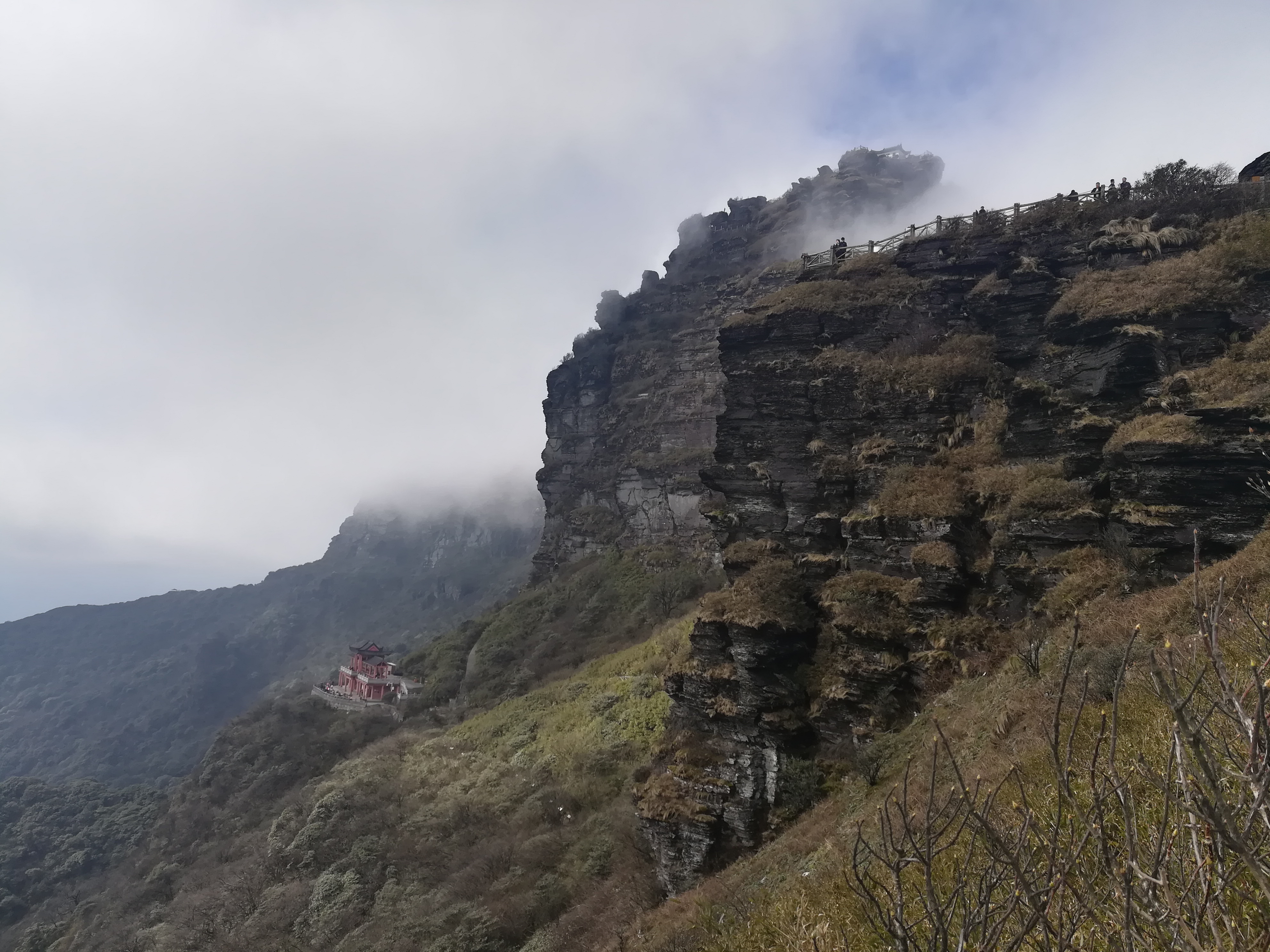|
FC-1
The CAC/PAC JF-17 Thunder ( ur , جے ایف-17 گرج), or FC-1 ''Xiaolong'' (), is a lightweight, single-engine, multi-role combat aircraft developed jointly by the Chengdu Aircraft Corporation (CAC) of China and the Pakistan Aeronautical Complex (PAC). It was designed to replace the ageing A-5C, F-7P/PG, Mirage III, and Mirage V combat aircraft in the Pakistan Air Force (PAF). The JF-17 can be used for multiple roles, including interception, ground attack, anti-ship, and aerial reconnaissance. The Pakistani designation "JF-17" stands for "Joint Fighter-17", with the "-17" denoting that, in the PAF's vision, it is the successor to the F-16. The Chinese designation "FC-1" stands for "Fighter China-1". The JF-17 can deploy diverse ordnance, including air-to-air and air-to-surface missiles, including anti-ship missiles, and a 23 mm GSh-23-2 twin-barrel autocannon. Powered by a Guizhou WS-13 or Klimov RD-93 afterburning turbofan, it has a top speed of Mach 1.6. The ... [...More Info...] [...Related Items...] OR: [Wikipedia] [Google] [Baidu] |
Chengdu Aircraft Industry Group
The Chengdu Aircraft Industry Group (CAIG) or Chengdu Aerospace Corporation (CAC), a subsidiary of AVIC, is a Chinese aerospace conglomerate that designs and manufactures combat aircraft and is also a manufacturer of aircraft parts. It was founded in 1958 (as Chengdu State Aircraft Factory No.132 Aircraft Plant) in Chengdu, Sichuan province to be an aircraft supplier for the Chinese military. The Chengdu Aerospace Corporation designed and now produces the Chengdu J-10 light-weight multi-role fighter and Chengdu J-20 fifth-generation jet fighter, that are considered to be two of the most advanced weapons in China's inventory, as well as the CAC/PAC FC-1 Xiaolong (Chinese designation) (CAC/PAC JF-17 Thunder is the Pakistani designation) very light-weight multi-role fighter that is produced in cooperation with Pakistan. Chengdu Aerospace has been cited for its success in developing China's first fifth-generation aircraft and stealth fighter jet. Its development led China to bec ... [...More Info...] [...Related Items...] OR: [Wikipedia] [Google] [Baidu] |
Klimov RD-93
The Klimov RD-33 is a turbofan jet engine for a lightweight fighter jet that is the primary engine for the Mikoyan MiG-29 and CAC/PAC JF-17 Thunder. It was developed in OKB-117 led by S. P. Izotov (now OAO Klimov) from 1968 with production starting in 1981. Previous generations of Russian supersonic fighters such as the MiG-21 and MiG-23 used turbojets, but western fighters such as the F-111 and F-4K introduced the use of afterburning turbofans in the 1960s which were more efficient. The RD-33 was the first afterburning turbofan engine produced by the Klimov company of Russia in the thrust class. It features a modular twin-shaft design with individual parts that can be replaced separately. Variants In early 1970s the RD-33 was selected for new light fighter jet, later becoming Mikoyan MiG-29, the other option was Tumansky R-67-300. Years of development has built an extensive engine family. A newly designed thrust vectoring nozzle (TVN) is now available. New models ... [...More Info...] [...Related Items...] OR: [Wikipedia] [Google] [Baidu] |
Chengdu J-7
The Chengdu J-7 ( Chinese: 歼-7; third generation export version F-7; NATO reporting name: Fishcan) is a People's Republic of China fighter aircraft. It is a license-built version of the Soviet Mikoyan-Gurevich MiG-21, and thus shares many similarities with the MiG-21. The aircraft is armed with short-range, infrared homing air-to-air missiles and mainly designed for short range air-to-air combat. The aircraft is also used for close air support. On 30 March 1962, the Soviet Union and China signed a technology transference arrangement pertaining to the MiG-21. Allegedly, while various kits, components, completed aircraft and associated documents were delivered to the Shenyang Aircraft Factory, the design documentation was incomplete, and Chinese designers made efforts to reverse engineer the aircraft. While the two aircraft are greatly similar, areas of difference include the hydraulic systems and internal fuel arrangements. During March 1964, domestic production of the ... [...More Info...] [...Related Items...] OR: [Wikipedia] [Google] [Baidu] |
Pakistan Aeronautical Complex
The Pakistan Aeronautical Complex ( ur, ), or PAC) is a major defense contractor and an aerospace manufacturer that is headquartered in Kamra, Punjab, Pakistan. The Pakistan Aeronautical Complex is one of the largest defense contractor in aerospace, military support, and national security provider to the Pakistan military. Founded in 1971 by the Pakistan Air Force (PAF), the PAC designs, develops, and builds aircraft and avionics systems for the Pakistani military— it also provides its services for civilian aircraft. In addition, the PAC performs local maintenance and works on the aircraft MLU systems of foreign-built military and civilian aircraft. It is solely owned by the Pakistan Air Force and its corporate interests and its corporate appointments are directly made by the Chief of Air Staff from the Air HQ. Many of these products are specially suited for the Pakistan Armed Forces needs, while others are also marketed to foreign export. While it collaborated w ... [...More Info...] [...Related Items...] OR: [Wikipedia] [Google] [Baidu] |
Pakistan Air Force
, "Be it deserts or seas; all lie under our wings" (traditional) , colours = , colours_label = , march = , mascot = , anniversaries = Air Force Day: 7 September , equipment = , equipment_label = , battles = , decorations = , battle_honours = , battle_honours_label = , flying_hours = , website paf.gov.pk, commander1 = President Arif Alvi , commander1_label = Commander-in-Chief , commander2 = General Sahir Shamshad Mirza , commander2_label = Chairman Joint Chiefs of Staff , commander3 = Air Chief Marshal Zaheer Ahmad Babar , commander3_label = Chief of Air Staff , commander4 = Air Marshal Syed ... [...More Info...] [...Related Items...] OR: [Wikipedia] [Google] [Baidu] |
Anti-ship Missiles
An anti-ship missile (AShM) is a guided missile that is designed for use against ships and large boats. Most anti-ship missiles are of the sea skimming variety, and many use a combination of inertial guidance and active radar homing. A good number of other anti-ship missiles use infrared homing to follow the heat that is emitted by a ship; it is also possible for anti-ship missiles to be guided by radio command all the way. The first anti-ship missiles, which were developed and built by Nazi Germany, used radio command guidance.https://airandspace.si.edu/collection-objects/bomb-guided-fritz-x-x-1/nasm_A19840794000#:~:text=The%20Fritz%20X%2C%20also%20known,the%20Henschel%20Hs%20293%20missile. These saw some success in the Mediterranean Theatre during 1943–44, sinking or heavily damaging at least 31 ships with the Henschel Hs 293 and more than seven with the ''Fritz X'', including the Italian battleship ''Roma'' and the light cruiser . A variant of the HS 293 had a TV camer ... [...More Info...] [...Related Items...] OR: [Wikipedia] [Google] [Baidu] |
Gryazev-Shipunov GSh-23
The Gryazev-Shipunov GSh-23 ( rus, ГШ-23) is a twin-barreled 23 mm autocannon developed in the Soviet Union, primarily for military aircraft use. It entered service in 1965, replacing the earlier Nudelman-Rikhter NR-23 and Rikhter R-23. The GSh-23 works on the Gast Gun principle developed by German engineer Karl Gast of the Vorwerk company in 1916. It is a twin-barreled weapon in which the firing action of one barrel operates the mechanism of the other. It provides a much faster rate of fire for lower mechanical wear than a single-barrel weapon. Although it cannot match the sustained rate of fire of an electric Gatling gun like the M61 Vulcan, its initial rate of fire can be higher than that of a rotary cannon like the M61 due to it not needing to spin up to fire. It requires no external power source to operate, but is instead powered by the recoiling of the floating barrels, somewhat like the action of the German MG-42. The Gast principle has been little used in t ... [...More Info...] [...Related Items...] OR: [Wikipedia] [Google] [Baidu] |
Autocannon
An autocannon, automatic cannon or machine cannon is a fully automatic gun that is capable of rapid-firing large-caliber ( or more) armour-piercing, explosive or incendiary shells, as opposed to the smaller-caliber kinetic projectiles (bullets) fired by a machine gun. Autocannons have a longer effective range and greater terminal performance than machine guns, due to the use of larger/heavier munitions (most often in the range of , but bigger calibers also exist), but are usually smaller than tank guns, howitzers, field guns or other artillery. When used on its own, the word "autocannon" typically indicates a non-rotary weapon with a single barrel. When multiple rotating barrels are involved, such a weapon is referred to as a "rotary autocannon" or occasionally "rotary cannon", for short (particularly on aircraft). Autocannons are heavy weapons that are unsuitable for use by infantry. Due to the heavy weight and recoil, they are typically installed on fixed mounts, whe ... [...More Info...] [...Related Items...] OR: [Wikipedia] [Google] [Baidu] |
Guizhou WS-13
Guizhou (; formerly Kweichow) is a landlocked province in the southwest region of the People's Republic of China. Its capital and largest city is Guiyang, in the center of the province. Guizhou borders the autonomous region of Guangxi to the south, Yunnan to the west, Sichuan to the northwest, the municipality of Chongqing to the north, and Hunan to the east. The population of Guizhou stands at 38.5 million, ranking 18th among the provinces in China. The Dian Kingdom, which inhabited the present-day area of Guizhou, was annexed by the Han dynasty in 106 BC. Guizhou was formally made a province in 1413 during the Ming dynasty. After the overthrow of the Qing in 1911 and following the Chinese Civil War, the Chinese Communist Party took refuge in Guizhou during the Long March between 1934 and 1935. After the establishment of the People's Republic of China, Mao Zedong promoted the relocation of heavy industry into inland provinces such as Guizhou, to better protect them fro ... [...More Info...] [...Related Items...] OR: [Wikipedia] [Google] [Baidu] |
Mach Number
Mach number (M or Ma) (; ) is a dimensionless quantity in fluid dynamics representing the ratio of flow velocity past a boundary to the local speed of sound. It is named after the Moravian physicist and philosopher Ernst Mach. : \mathrm = \frac, where: : is the local Mach number, : is the local flow velocity with respect to the boundaries (either internal, such as an object immersed in the flow, or external, like a channel), and : is the speed of sound in the medium, which in air varies with the square root of the thermodynamic temperature. By definition, at Mach1, the local flow velocity is equal to the speed of sound. At Mach0.65, is 65% of the speed of sound (subsonic), and, at Mach1.35, is 35% faster than the speed of sound (supersonic). Pilots of high-altitude aerospace vehicles use flight Mach number to express a vehicle's true airspeed, but the flow field around a vehicle varies in three dimensions, with corresponding variations in local Mach number. The loc ... [...More Info...] [...Related Items...] OR: [Wikipedia] [Google] [Baidu] |
Turbofan
The turbofan or fanjet is a type of airbreathing jet engine that is widely used in aircraft propulsion. The word "turbofan" is a portmanteau of "turbine" and "fan": the ''turbo'' portion refers to a gas turbine engine which achieves mechanical energy from combustion, and the ''fan'', a ducted fan that uses the mechanical energy from the gas turbine to force air rearwards. Thus, whereas all the air taken in by a turbojet passes through the combustion chamber and turbines, in a turbofan some of that air bypasses these components. A turbofan thus can be thought of as a turbojet being used to drive a ducted fan, with both of these contributing to the thrust. The ratio of the mass-flow of air bypassing the engine core to the mass-flow of air passing through the core is referred to as the bypass ratio. The engine produces thrust through a combination of these two portions working together; engines that use more jet thrust relative to fan thrust are known as ''low-bypass turbofans'', ... [...More Info...] [...Related Items...] OR: [Wikipedia] [Google] [Baidu] |
Air-to-air Missile
The newest and the oldest member of Rafael's Python family of AAM for comparisons, Python-5 (displayed lower-front) and Shafrir-1 (upper-back) An air-to-air missile (AAM) is a missile fired from an aircraft for the purpose of destroying another aircraft. AAMs are typically powered by one or more rocket motors, usually solid fueled but sometimes liquid fueled. Ramjet engines, as used on the Meteor, are emerging as propulsion that will enable future medium-range missiles to maintain higher average speed across their engagement envelope. Air-to-air missiles are broadly put in two groups. Those designed to engage opposing aircraft at ranges of less than 16 km are known as short-range or "within visual range" missiles (SRAAMs or WVRAAMs) and are sometimes called " dogfight" missiles because they are designed to optimize their agility rather than range. Most use infrared guidance and are called heat-seeking missiles. In contrast, medium- or long-range missiles (MRAA ... [...More Info...] [...Related Items...] OR: [Wikipedia] [Google] [Baidu] |



.jpg)
.jpg)


.jpg)

.jpg)